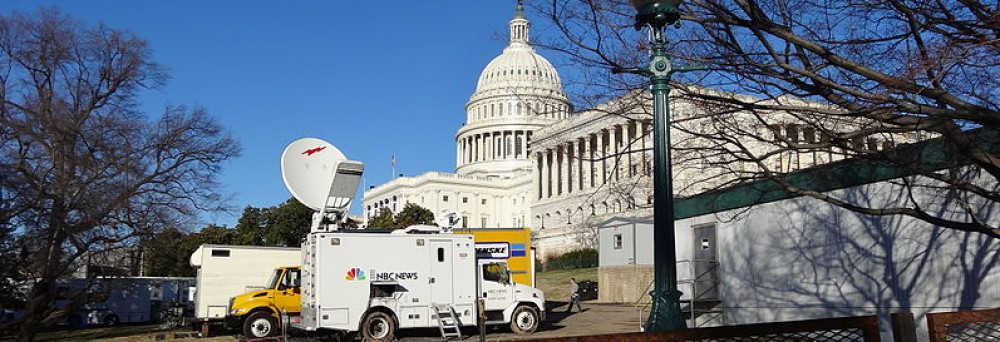By ANDRES ARENAS GRAYEB
The Trump administration reversed an Obama era ban on importing elephant trophies acquired from hunting in Zambia and Zimbabwe this Wednesday.
A provision of the Endangered Species Act allows the hunting of these elephants so long as there is proof that it is beneficial to the species. A spokesperson from the Fish and Wildlife Service cited this act in defense of such hunting, saying it helps by “… providing incentives to local communities to conserve the species and by putting much needed revenue back into conservation.”
Critics of the decision were not swayed: Animal-protection groups such as the Humane Society and the Elephant Project called the decision “venal and nefarious” and “reprehensible” respectively. Another ethical concern they raised was the hoarding of elephant hunting rights by rich Americans who want only the ivory tusks, in a region where many poor and hungry Africans are strictly prohibited from killing them and using the entire animal for food and profit.
Still another criticism surrounded President Trump’s sons Donald Jr. and Eric, who are known to be fond of hunting from photos posted on social media. No formal accusations of bias have arisen, but the thought is there.
USA Today was quite adept at showing the story’s importance as well as it’s opposing sides. What to many might look like a straightforward ethical dilemma. USA Today presented as an issue with two sides with equally compelling evidence. Their references to previous related events, such as that of Cecil the line, also helped tremendously in showing that animal rights is an ongoing and relevant issue.
